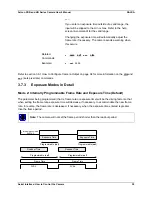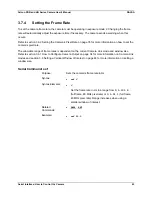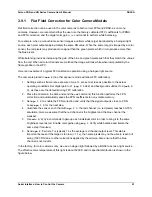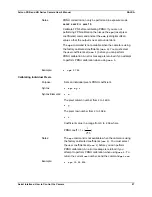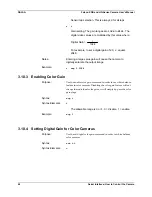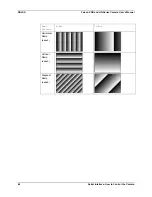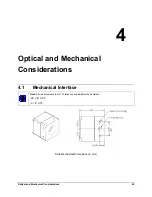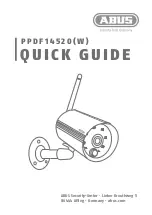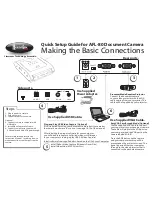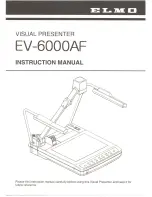
DALSA
Falcon XDR and HG Series Camera User's Manual
50
Serial Interface: How to Control the Camera
How can one match gain and offset values on multiple cameras?
1. One way is of course to use flat field correction. All cameras would be set up under the same
conditions including lighting and then calibrated with
ccf
and
cpa
. This can be time-consuming
and complicated (especially the white target). Another way is to use analog offset and system
gain (digital gain):
2. Starting from factory settings (
sao 0 0
,
ssg 0 1024
,
epc 1 1
), take note what the
highest dark offset is among the set of cameras. If the highest dark offset is higher than about 16
DN (10 bit) you might want to consider recalibrating the FPN correction (
ccf
). Large differences
in dark offset between the factory and user are typically caused by differences in temperature
from factory to user. Large dark offsets will result in PRNU-correction-induced FPN and should
therefore be avoided.
3. Increase the offset (camera in dark) on all cameras (
sao
command) until they are the same and
reach at least 4 DN (10 bit).
4. Illuminate to about 80% saturation (820 DN, 10 bit) and note the highest signal level among the
set of cameras.
5. Increase the digital gain (
ssg
) on the cameras until they all reach the same output level of the
camera with the highest output found in step 3.
6. Place camera in the dark and repeat steps 2 to 4 until both dark offset and 80% saturation signal
levels are equal on all cameras.
7. If satisfied by the results write the FPN coefficients and PRNU coefficients to memory (
wfc
and
wpc
).
Important Note on Blemishes:
When flat field correction is performed, window cleanliness is
paramount. The following figure shows an example of what can happen if a blemish is present on the
sensor window when flat field correction is performed. The blemish will cast a shadow on the wafer
(sensor). FFC will compensate for this shadow by increasing the gain. Essentially FFC will create a
white spot to compensate for the dark spot (shadow). As long as the angle of incident light remains
unchanged then FFC works well.
However, when the angle of incidence changes significantly (for example, when a lens is added) then
the shadow will shift and FFC will makes things worse by not correcting the new shadow (dark spot) and
overcorrecting where the shadow used to be (white spot). While the dark spot can be potentially
cleaned, the white spot is an FFC artifact that can only be corrected by another FFC calibration.
Содержание Falcon 1.4M100 HG Monochrome
Страница 18: ...DALSA Falcon XDR and HG Series Camera User s Manual 18 Introduction to the Falcon XDR and HG Cameras ...
Страница 28: ...DALSA Falcon XDR and HG Series Camera User s Manual 28 Camera Hardware Interface ...
Страница 70: ...DALSA Falcon XDR and HG Series Camera User s Manual 70 Optical and Mechanical Considerations ...
Страница 74: ...DALSA Falcon XDR and HG Series Camera User s Manual 74 Troubleshooting ...
Страница 90: ...DALSA Falcon XDR and HG Series Camera User s Manual 90 Appendix C EMC Declaration ...
Страница 92: ...DALSA Falcon XDR and HG Series Camera User s Manual 92 Technical Support ...
Страница 95: ...Falcon XDR and HG Series Camera User s Manual DALSA Index 95 serial interface 72 V video data 76 ...




